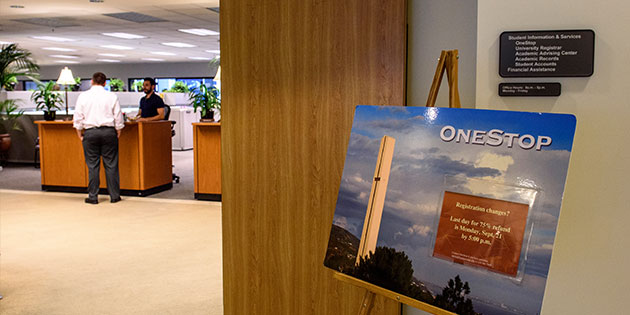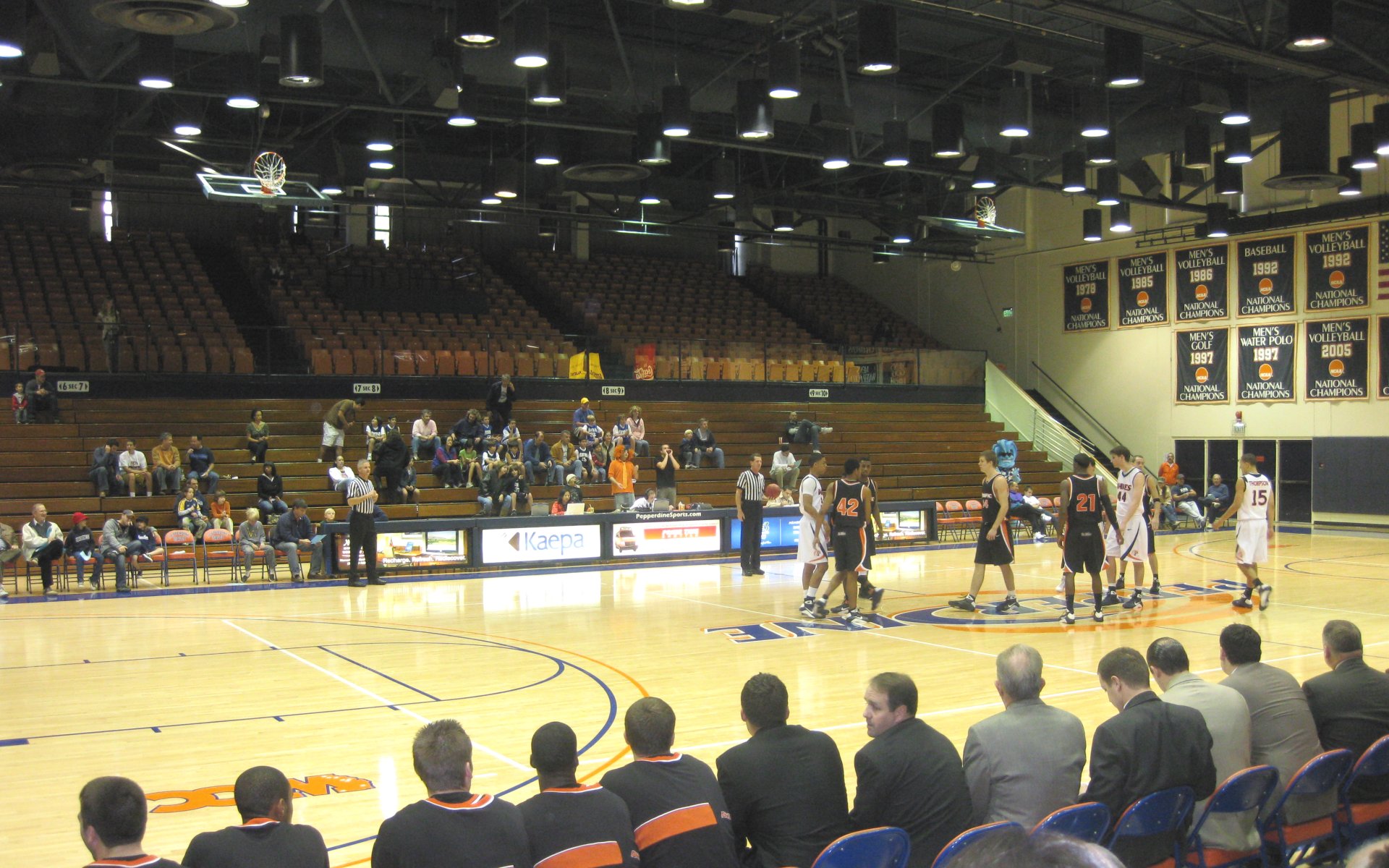
Cheering fans fuel Pepperdine athletes, translating to better performances and skyrocketing adrenaline.
Saul Sandoval, a Pepperdine Men’s Baseball player, described playing in front of 6,121 at Texas A&M last year, where the crowd motivated his team to perform. Conversely, Sandoval said fewer fans sucks out all the energy in a stadium.
“I definitely love playing at big stadiums … (with) big crowds,” said Sandoval, a junior psychology major and a redshirt this year, or non-competing player. “The environment is electric, whether they’re rooting for you or against you. It’s kind of a thing that I’ve always looked forward to when I was a kid.”
According to official Pepperdine Athletics’ statistics for men’s basketball, women’s indoor volleyball, men’s baseball and women’s soccer games, Pepperdine athletes enjoy larger crowds at away games than at home, though those fans are not rooting for Pepperdine.
Pepperdine’s school spirit has always been poor. Athlete morale and performance falls when fan presence fails to materialize. Pepperdine’s athletes dream of what it would be like to attend a school brimming with spirit.
What is the impact fans have on athletes?
A Pepp Post poll of 78 Pepperdine athletes found that roughly 53 percent said the lack of fan presence impacts or sometimes impacts their performance in a negative way.
“Initially, it kind of stinks,” said Elijah Lee, a sophomore men’s basketball player, “like coming out and seeing that there (isn’t hardly anyone watching). Because I believe any athlete like(s) to see people in the stands no matter what sport (they) play. You do feed off of the fans’ energy.”
Junior women’s swimmer Sam Marlott said it’s disheartening when the number of away fans outweigh the number of home fans.
When fans show up, that impacts athletes’ performances in a positive way.
“We play a lot better when there are crowds there,” said Amadi Udenyi, a redshirt senior men’s basketball player. “It means a whole lot when Firestone is rockin.’ The more you guys show up, the more wins we’ll get … it really does translate.”
Sophomore women’s swimmer Ryane Skinner said she and her team perform really well when fans are watching and that it adds pressure, but it also pushes her to perform as best she can.
Senior women’s swimmer Lauren Stigers said that when people are behind the blocks cheering for everyone, she definitely sees a difference in attitude and performance.
“If a friend ever comes to support it really means a lot,” Stigers said. “And just even them showing up, like if a friend comes and brings a poster that definitely gets the team excited to compete and I think it definitely does make a (positive) impact.”
Pepperdine head coaches see this relationship between fan presence and successful sports performance as well.
“It is amazing to get supported and I know our team loves it,” said Scott Wong, the head women’s indoor volleyball coach.“By coming, by cheering your heart out, by doing everything necessary to get a win is just a critical part of a home-team advantage.”
Delisha Milton-Jones, Pepperdine’s Women’s Basketball head coach and a former pro player and Olympian, knows from experience that large fan presence makes an impact.
“If the gym is empty, then that can do something to your morale,” Milton-Jones said.
Sports psychologist researchers Barry Schwartz and Stephen F. Barsky, both of the University of Chicago, published an article in the “Social Forces Journal” arguing that the “home advantage” is due to the increased audience size on a team’s home turf.
Bernd Strauss, of the University of Muenster, and Clare MacMahon, of Swinburne University, similarly found that professional athletes need spectators too, according to their article in the book the “Routledge Companion to Sport and Exercise Psychology.”
Where is Pepperdine’s school spirit?
Pepperdine’s school spirit could use some significant improvement.
Milton-Jones said that even though it’s been a packed house when the men’s basketball team plays Gonzaga, when the women’s game starts afterward, many of the Pepperdine fans leave. The result is that Gonzaga has more fans that traveled there than Pepperdine does at home. She said this is not a good feeling at all.
“(Fans) can be the sixth man,” Milton-Jones said. “They have that much of an impact on the game and how the momentum can shift, and when it shifts it can stay and settle in your favor.”
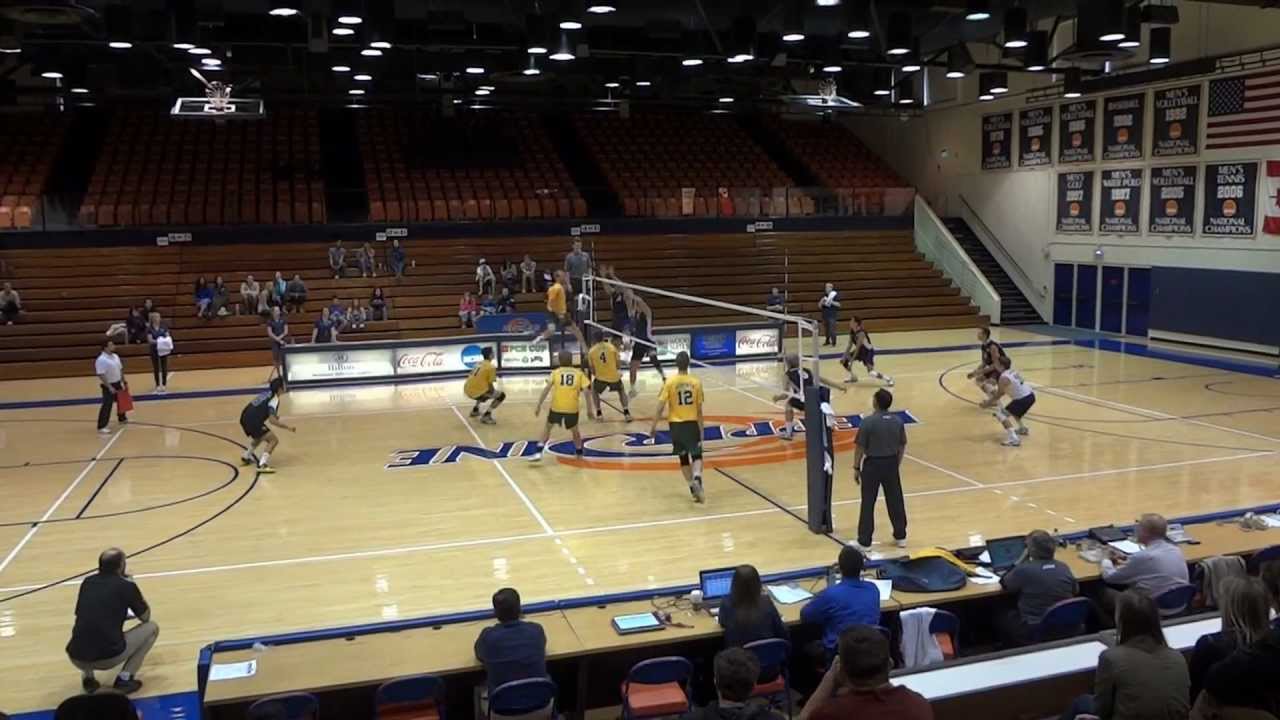
Pepperdine is a small university with about 3,500 undergraduate students. Located near Los Angeles with so many off-campus opportunities, activities and events, combined with a highly involved student body, means that Pepperdine’s school spirit for sports takes a back burner.
“(We) can always improve in trying to get more students out,” said John Watson, professor and coordinator for the sports administration major and the former athletic director. “But on our campus one of the biggest and most significant problems we have is there’s so many opportunities for students to do so many different things that are always in conflict with one another.”
Katie Ristow, Pepperdine’s director of Sports Marketing, said nearly every school is struggling with student attendance at sporting events.
“But that’s what makes our jobs really fun and unique is trying to come up with fun and creative ideas to keep people coming back,” Ristow said.
Ristow said there was a shift in the marketing theme this year.
“We’ve focused on having our fans see our student athletes on a more personal level,” Ristow said. “We’re doing that through social media takeovers, getting-to-know-you videos … and we also have a lot of content on our website.”
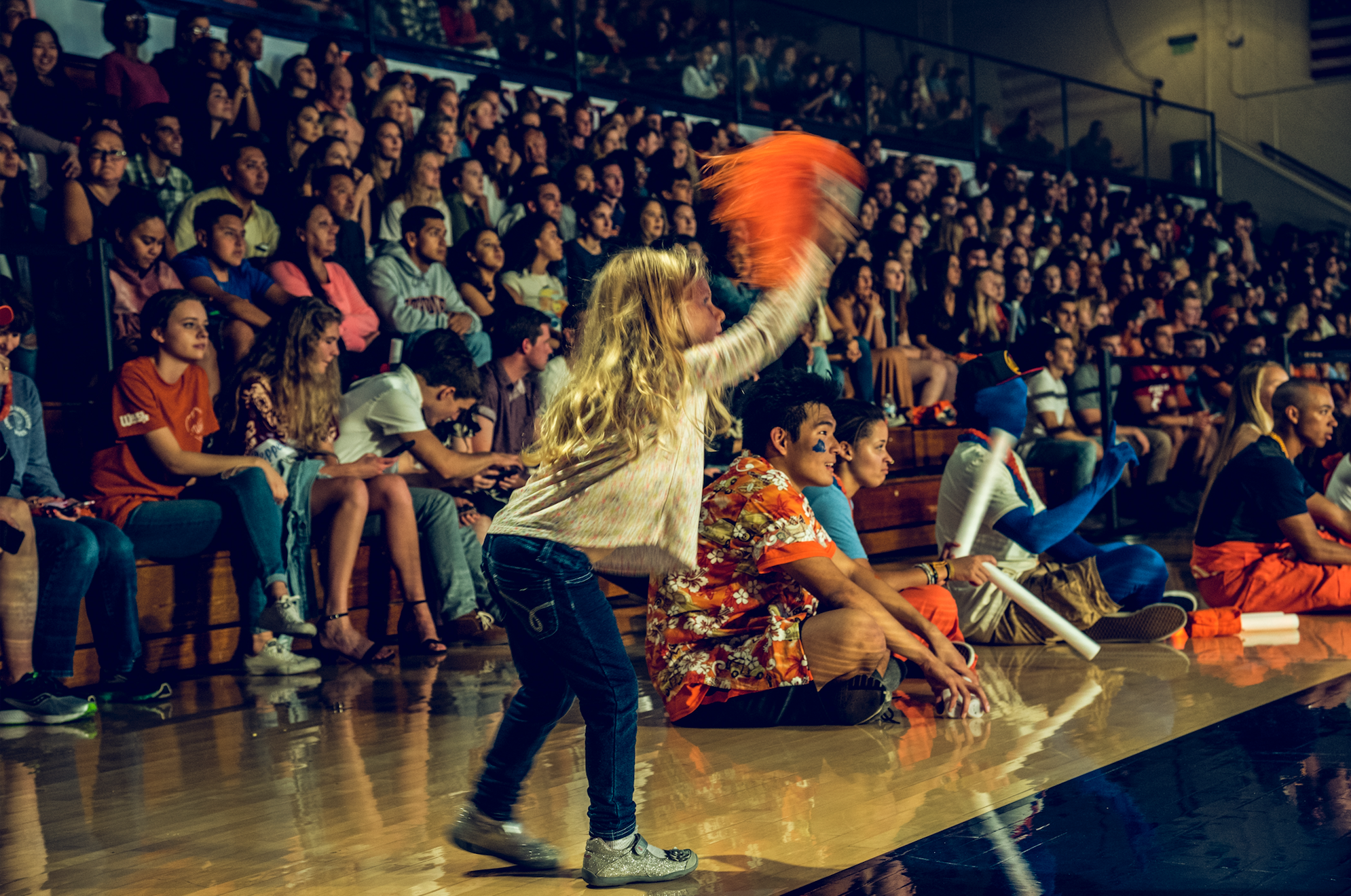
Dreams of a better fan base
Multiple athletes from various sports have considered what it would be like to go to a university with a better fan base.
“You know that it’s every player’s dream to run out of the tunnel and see thousands of people there to cheer you on because you’re the home team and they love you win, lose or draw,” Milton-Jones said.
Pepperdine students have noticed the fans other universities have at away games.
“Whenever we play BYU at home they have so many fans,” said Hannah Frohling, a sophomore women’s volleyball player. “When we go play at BYU they still have like so many fans, and it’s a great environment to play in … but we definitely wish that when we were home, we were playing these really big teams that we could also get everyone out to the games.”
Sandoval said he has dreamed about playing in front of massive crowds.
“If I played at a bigger university I know that the energy would be ecstatic,” Sandoval said.
Skinner also considers what her life would look like if she had attended a different university with more school spirit.
“I would definitely love an opportunity to go to a school where there is a ton of fan support just because I know that I would personally perform better,” Skinner said.
What can Pepperdine do better?
Athletic Chaplain Krista Lopata said that while athletes want to see more fans in the stands, the poor attendance is something they are used to. She doesn’t see fan attendance as an issue that is making or breaking their performance. Other issues like high anxiety, stress, relationship problems and being overwhelmed loom higher.
Most athletes do want to see games better marketed, according to the Pepp Post poll. Many suggested how helpful it would be if there were posters, flyers or handouts in the cafeteria.
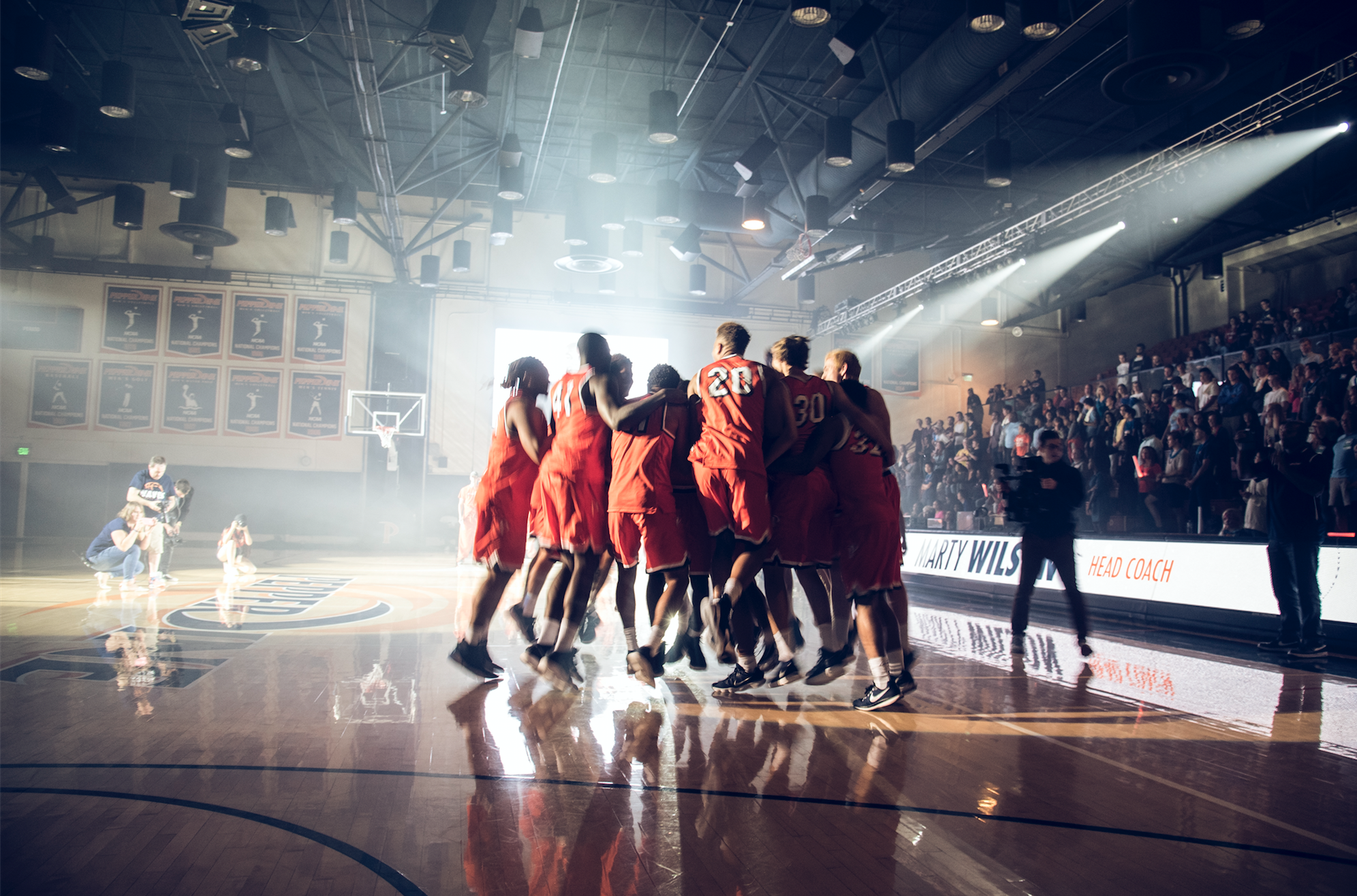
Several athletes made other suggestions on how to promote school spirit, including having tailgates and contests before games and getting lights installed on all the outdoor athletic fields. Student athletes also suggested supporting their Pepperdine athletic peers, making matches more entertaining with activities during half-time to capture attention when they are long, offering healthy food, giving away prizes and selling branded umbrellas or small fans if the weather is hot.
“I’ve noticed a lot of awesome changes from last year,” Frohling said. “Even seeing things last year where they were really working to get people here like (with) the giveaways, or having food or Chick-fil-a or sundaes or whatever it is. That makes me want to go to other sports games.”
Athletic Director Steven Potts said improvements can always be made in regard to fan attendance.
“If there’s anything we talk about more than anything else around here it’s ‘OK, what can we do to continue to promote all of our games and all of our matches’ and again … it’s a team effort,” Potts said.
Pepperdine Athletics is a team just as any Pepperdine sports group is a team.
“We’re always open to ideas,” Potts said. “It doesn’t have to be our idea. If there are students that are interested in athletics and they think, ‘Hey, why don’t you try this? Maybe this would work?’ then we’re open to that. And if there are things that we’re doing that aren’t attractive to students, yeah, we’d like to know that (too).”
Rachel Ripp completed the reporting for this story under the supervision of Dr. Christina Littlefield and Dr. Theresa de los Santos in Jour 241 in fall 2017. Dr. Littlefield supervised the writing of the web story.



